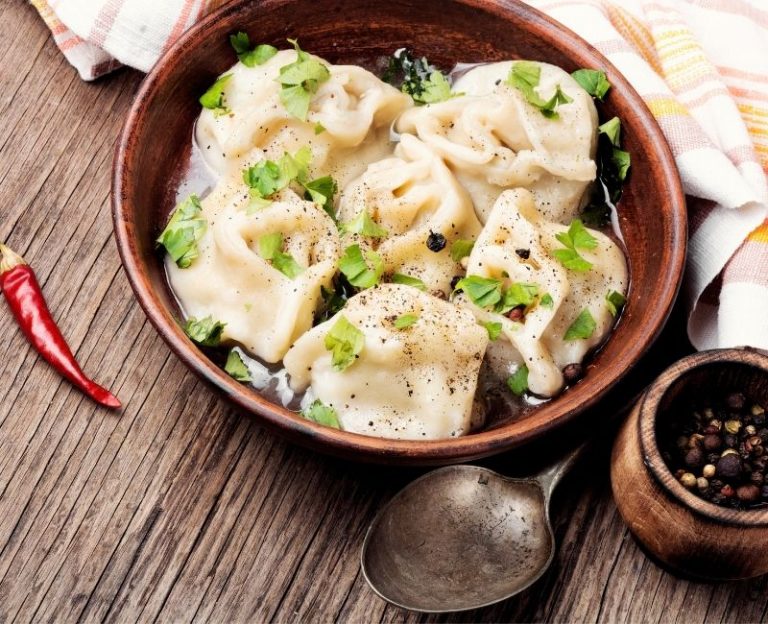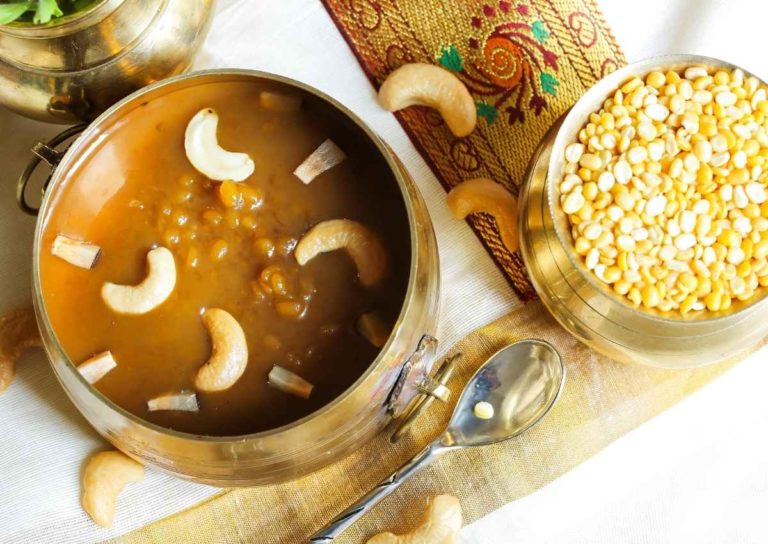Armenian Food: 12 Traditional Dishes of Armenia
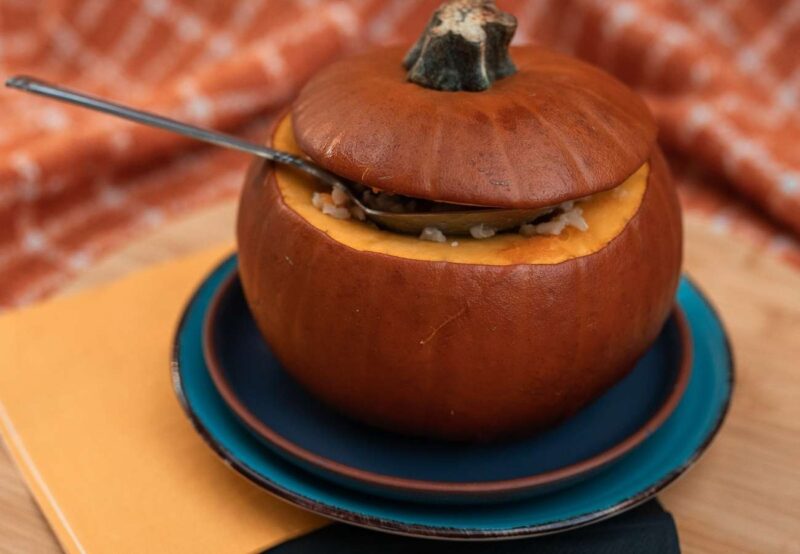
Armenia is a landlocked country located in Western Asia in a part of the Caucasus area, and is surrounded by Turkey, Georgia, the Lachin corridor, Azerbaijan, Iran and the Azerbaijani exclave of Nakhchivan.
Armenia is known for its amazing landscapes, cuisine, culture and history. Armenia is also known to be the first country to officially adopt Christianity, hence one can find some of the world’s oldest churches and monasteries here.
The population of Armenia is made up of different ethnicities including Armenians, Yazidis and Russians. There are several other minorities such as Assyrians, Ukrainians, Greeks (generally known as Caucasus Greeks), Kurds, Georgians, Belarusians, Jews, Vlachs, Mordvins, Ossetians, Udis and Tats.
Armenian cuisine is similar to Eastern and Mediterranean cuisines, whilst also being influenced by European and Levantine cuisines.
Some commonly consumed ingredients include lamb, eggplant and bread (lavash). Locals traditionally favor cracked wheat (bulgur) over maize and rice. The taste of the dishes prepared generally depends on the quality and freshness of the ingredients used instead of the excessive use of spices.
There is extensive usage of fresh herbs, both in the food and as accompaniments. Other widely used ingredients include wheat, rice, legumes (especially chickpeas, lentils, white beans and kidney beans), nuts (including walnuts, almonds, pine nuts, hazelnuts, pistachios) and much more.
Tolma (aka Dolma)
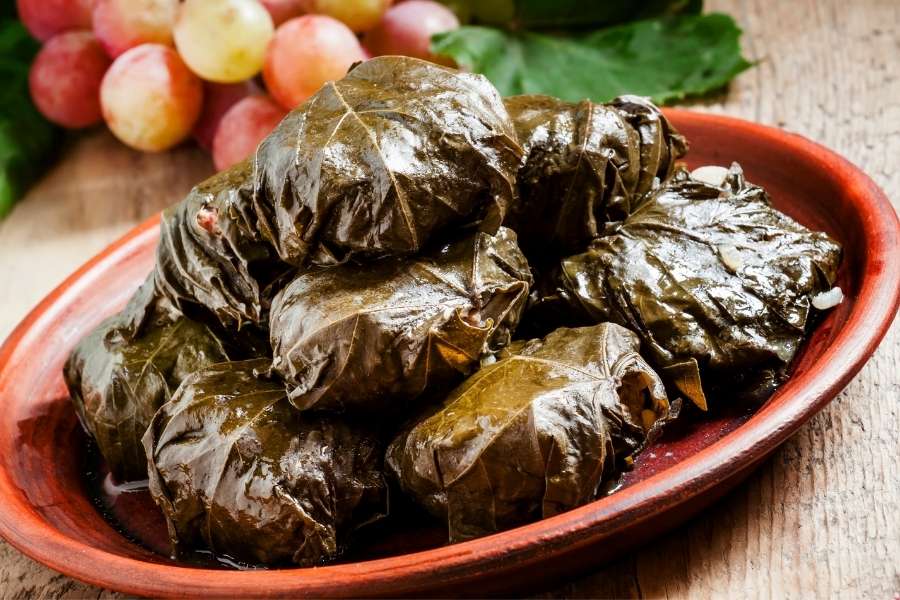
Tolma, also known as dolma, is a dish prepared using rice, meat and vegetables wrapped in cabbage or vine leaves. It is generally accompanied by thick matsun, a fermented milk product that is similar to sour cream in texture.
Some of the commonly used ingredients include onions, minced beef, oil, tomato purée, paprika, vinegar or sour cream, strained yogurt (locally called kiselo mlijeko, literally “sour milk”), black pepper, salt and spices.
Tolma is widely popular in the Balkan, Southern Caucasian, Middle Eastern, North African, Mesopotamian, Persian, Israeli, Turkish, Maghrebi and Central Asian cuisine.
Harisa
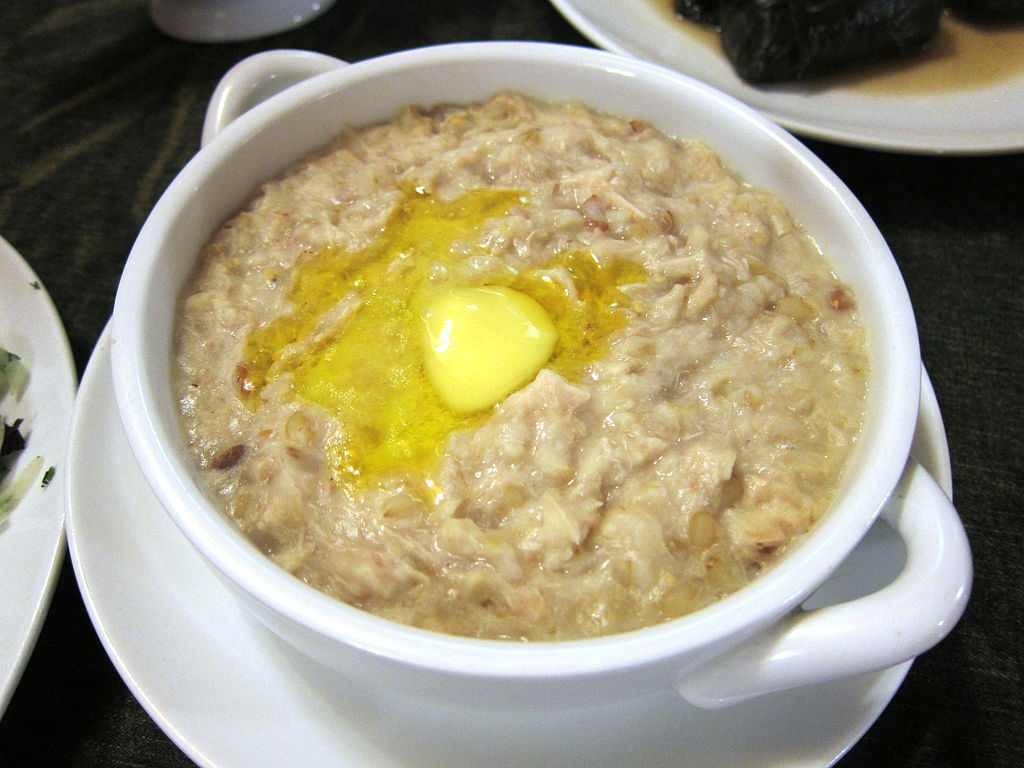
Harisa, also called as herisseh or keshkeg, is a dish prepared using oatmeal and pieces of meat (especially chicken or lamb). It is traditionally accompanied by sheets of lavash and crisp vinegar-pickled vegetables.
Harisa is considered to be the national dish of Armenia, it is commonly associated with special occasions, such as at Easter to celebrate the end of Lent. Traditionally, harissa was made on feast days in communal pots. There is also a vegetarian version prepared using wheat and chickpeas or herbs.
Khash
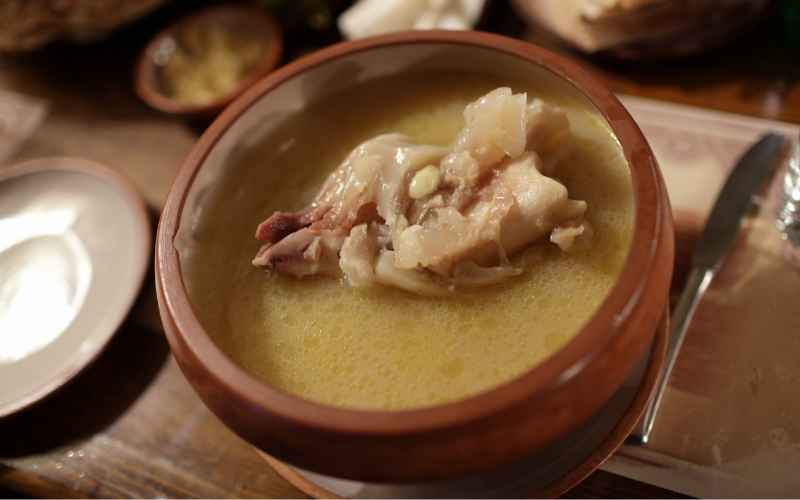
Khash is a very common breakfast soup prepared using beef legs and tripe. It is usually accompanied by a lot of garlic. Khash can be found throughout the Caucasus, Bosnia and Central Asia.
It is believed that consumption of khash helps with a wide range of health issues. Some consider it to be a perfect dish to get rid of a hangover and it is even known to provide relief from joint pain. People in Armenia consume khash in the morning with pita bread.
Khash and its various variations are also commonly consumed in countries like Afghanistan, Albania, Azerbaijan, Bosnia and Herzegovina, Bulgaria, Georgia, Greece, Iran, Iraq, Turkey, North Macedonia, Mongolia and some Persian Gulf countries.
Zhingyalov-hats Unleavened
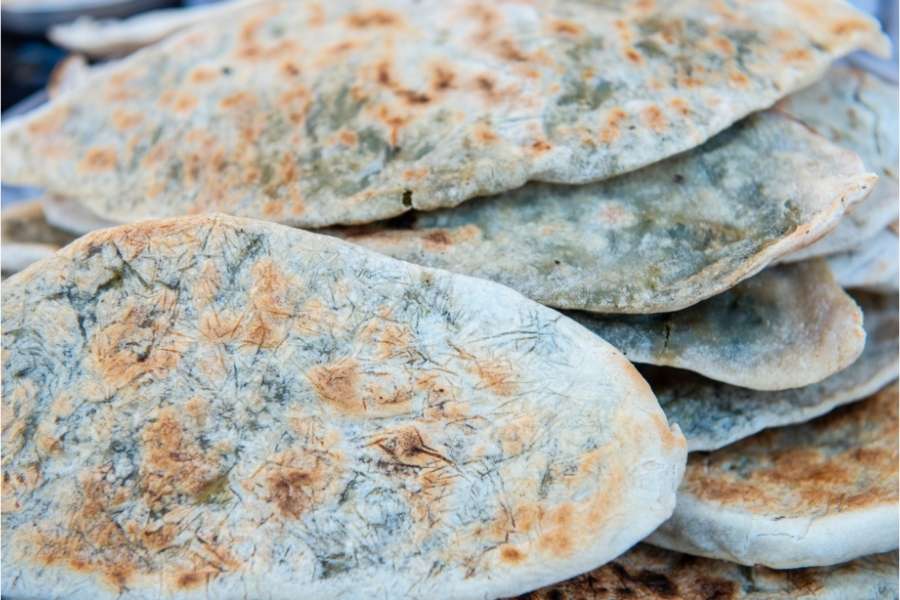
Zhingyalov hats is a kind of flatbread filled with finely diced herbs and fresh, green vegetables. It is a traditional dish from Nagorno-Karabakh and Syunik.
Common stuffings might include lettuce, spinach, atriplex, beet greens, chickweed, shepherd’s-purse, viola leaves and suchlike plants. Herbs (such as chervil, urtica, allium), sour (rumex) or spicy (laserpitium) ones are also added in smaller quantities. In addition, the filling might also consist of bryndza and fried onions.
This dish is generally served with beer, doogh or wine. Zhingyalov hats are particularly popular during the Great Lent.
Ghapama
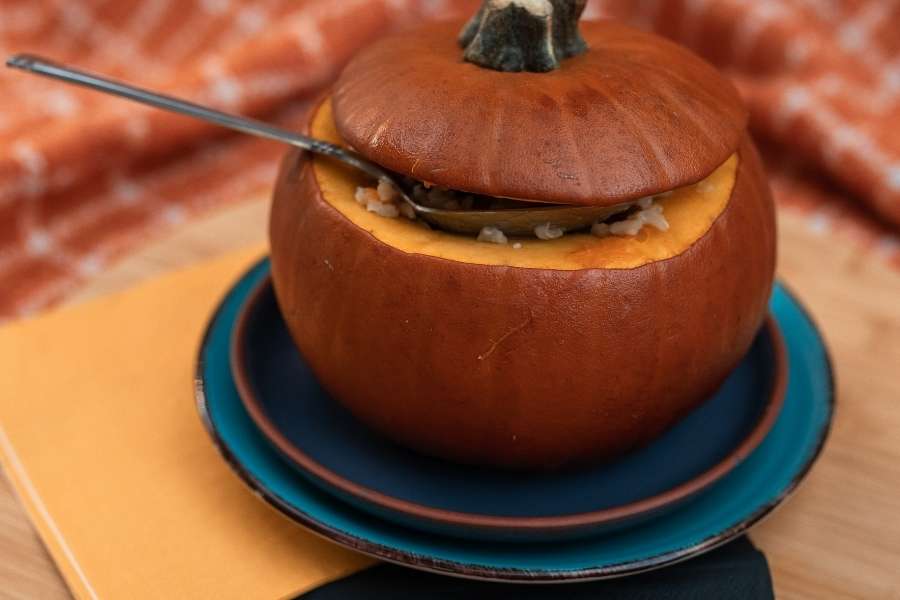
Ghapama is a stuffed pumpkin dish that is typically served during the Christmas season. The pumpkin is typically filled with rice, dried fruits and nuts. Some of the commonly used ingredients include chopped almonds, apple, cornel, apricot, plums, dates, prunes and raisins. Some people can also be seen pouring on honey and combining in ground cinnamon or sugar.
Ghapama was traditionally consumed at the wedding table as a sign of abundance. There is also an Armenian song dedicated to this dish, known as Hey Jan Ghapama.
Gata
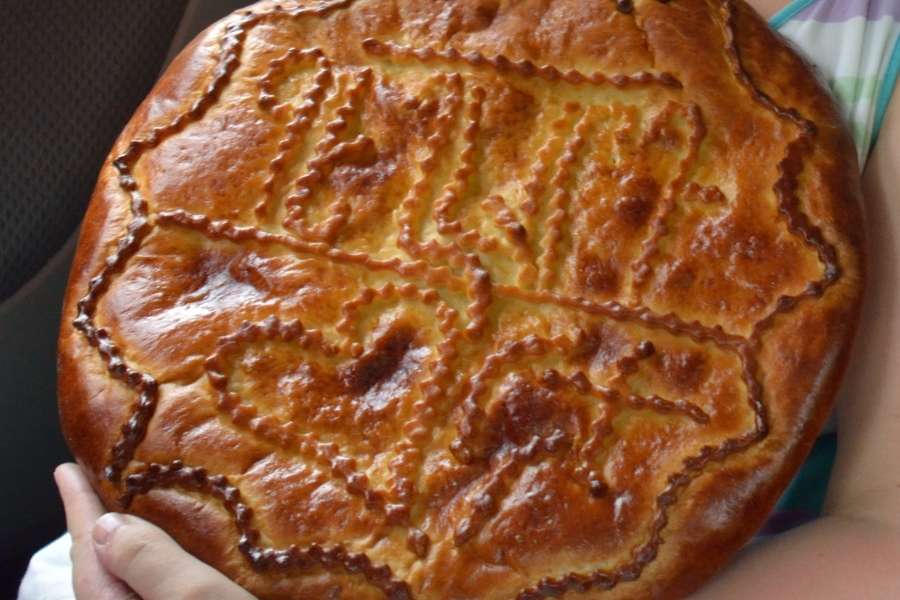
Gata is a sweet bread prepared using flour, nuts and an Armenian yogurt called matsoni. Every city has its own way of making this Armenian pastry, and there are many different versions of it. One widely popular variety is gata with koritz (khoriz), a stuffing that comprises flour, butter and sugar.
Other commonly included fillings are nuts, (especially walnuts). Gata is typically served on several special occasions such as Easter and at weddings. It is generally eaten with a cup of tea or coffee. Back in the day, it was baked in a tonir however, today it is baked in ovens.
Lulia Kebab
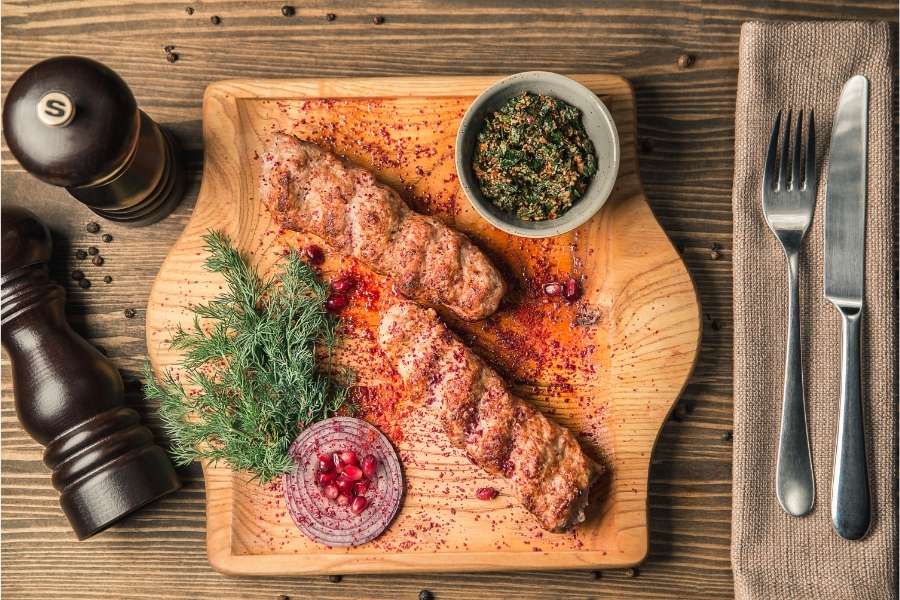
Lulia kebab is a kind of kebab prepared using minced lamb meat, onion, salt and pepper. Minced meat is kneaded very tightly for it to become dense enough to be held on a skewer. The mass is then fried on an open fire.
Locals add a lot of greens to their kebab recipe. Some of them include basil, garlic, cilantro and spices (such as coriander and turmeric). Lulia kebabs are also popular in Azerbaijan and the cuisines of several other countries in South Caucasus, the Middle East and Central Asia.
Armenian Kufta (Meatballs)
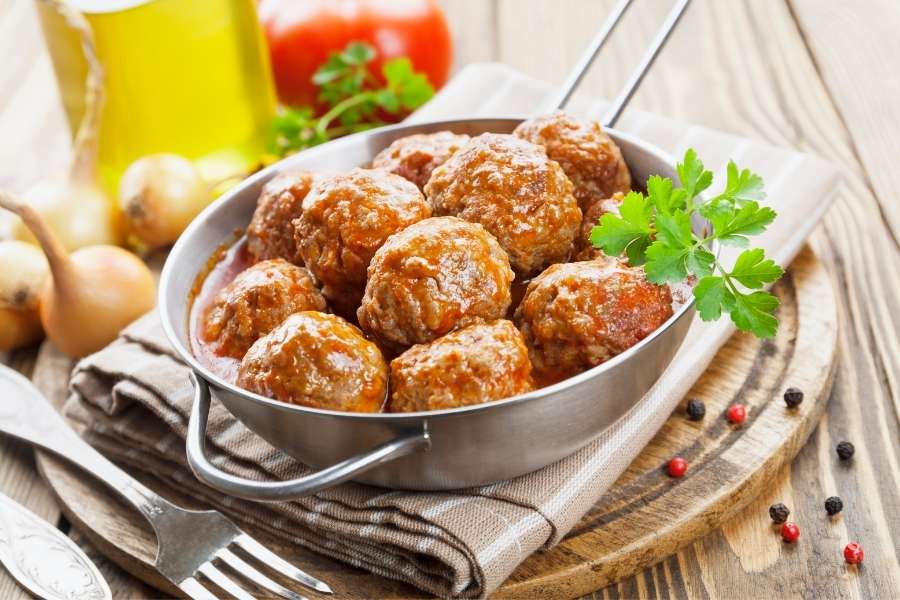
Armenian Koftas, also known as meatballs, are prepared using ground beef. Other ingredients added include onions and a little bit of wine. They are generally accompanied by melted butter and hot peppers.
People either eat koftas on their own or as a side dish. There are many variations such as grilled, fried, steamed, poached, baked or marinated koftas. They are typically eaten along with a rich spicy sauce or in a soup or stew.
Lahmahjoon (Armenian Pizza)
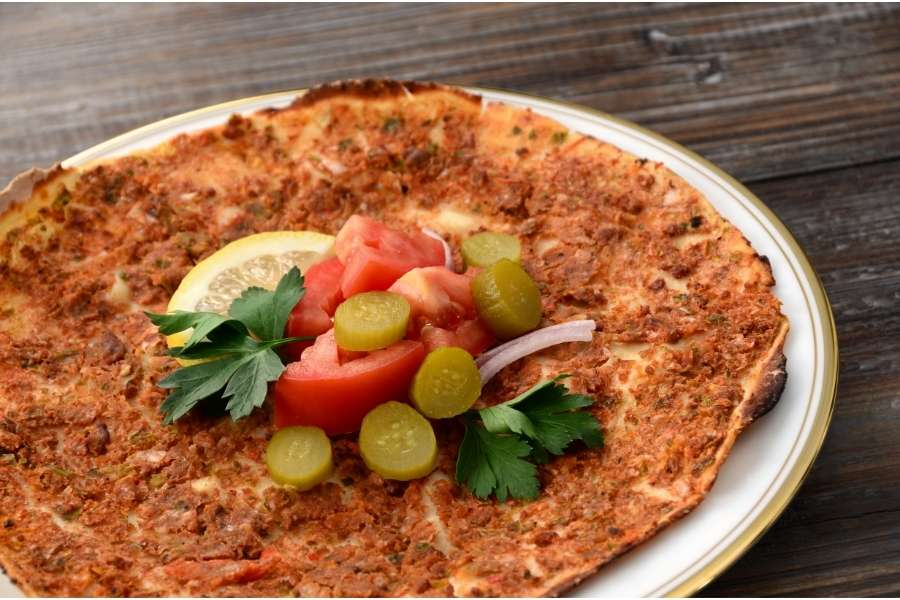
Lahmahjoon, also known as Armenian pizza, is prepared using a thin flatbread that is made using wheat flour. Minced meat prepared using lamb makes the first layer of topping. occasionally, beef is also sometimes used. Layers of onions, tomatoes, peppers and other vegetables are placed on top. Tomato sauce is added before being baked.
The name of this dish translates to meat with dough. It can be eaten as an appetizer, with some salad in the center, or folded up like a taco for a quick meal.
Burek
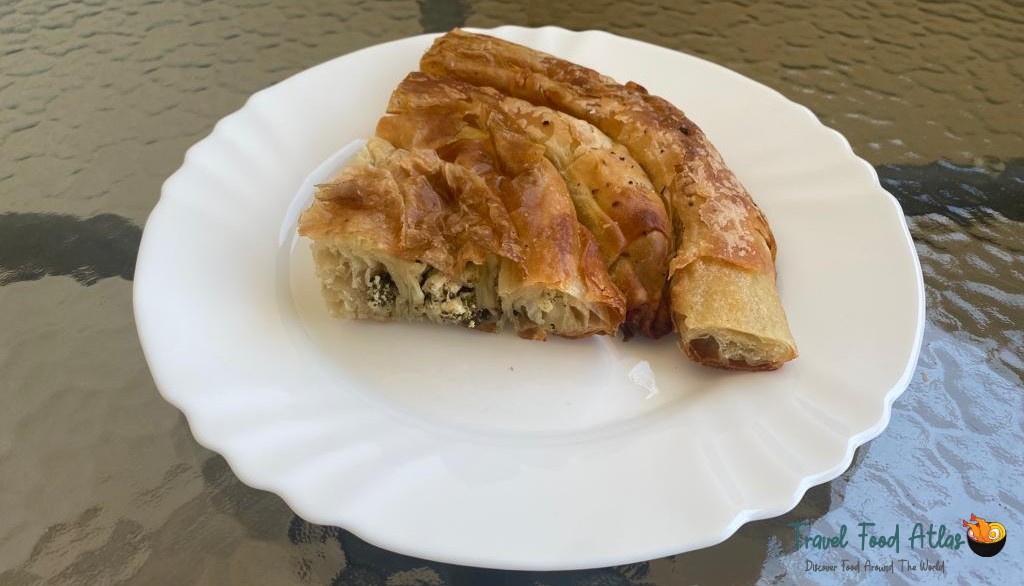
Burek covers a range of pastry dishes made by layering thin phyllo dough, with fillings such as cheese, minced meat, spinach and seasonings, along with a creamy egg yogurt mixture which is baked into a crispy and flaky pie-like dish.
Bamia
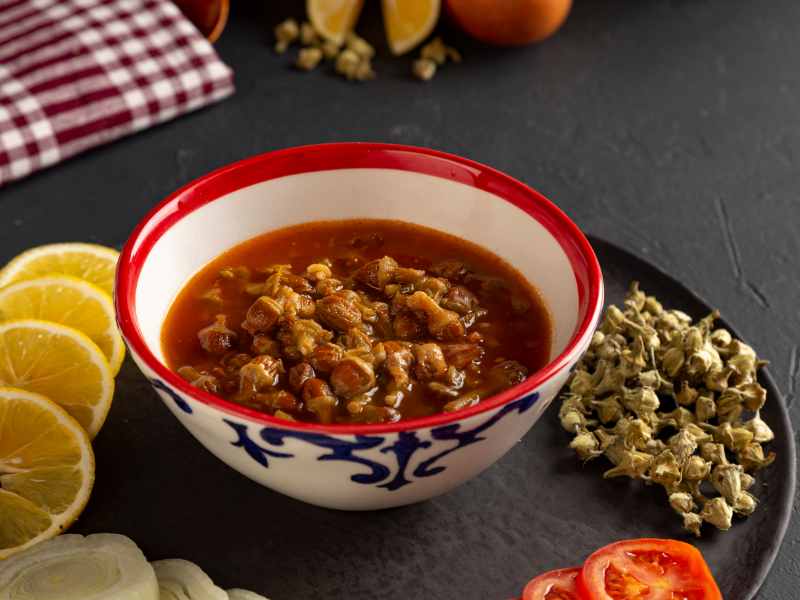
Bamia is an okra and beef stew popular throughout the Middle East. The meat and okra are cooked together with tomato paste, spices, water and pomegranate molasses to name a few of the ingredients. They are stewed in the tomato sauce until the meat becomes tender and the sauce thickens.
Trahana
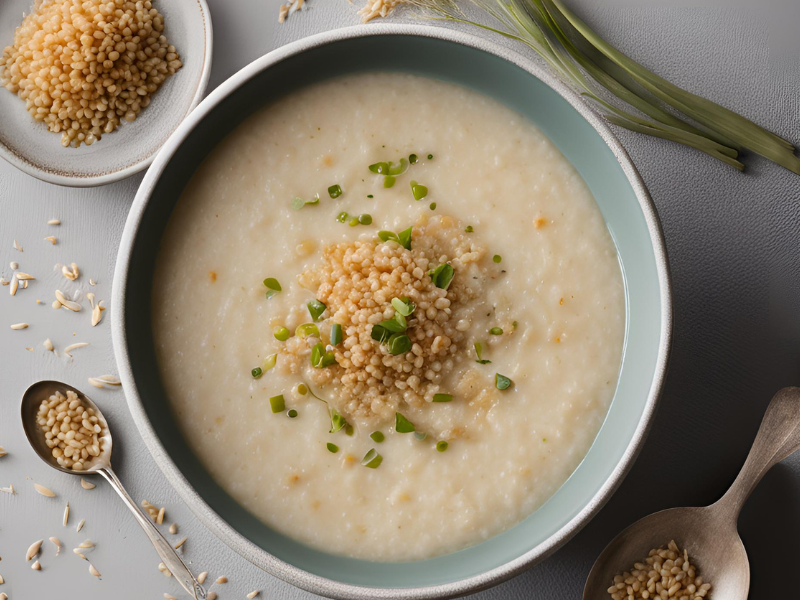
Trahana is a type of fermented grain made from cracked wheat or semolina mixed with yogurt or fermented milk that is used to make a popular soup in Balkan and Mediterranean countries.
Trahana is considered the world’s oldest fast food and is a traditional method of preserving milk and grains.

